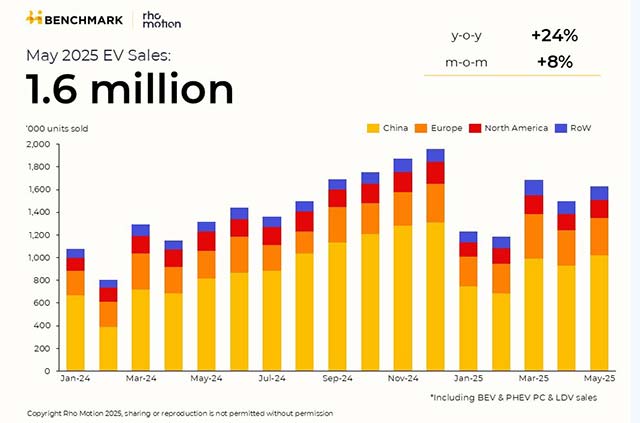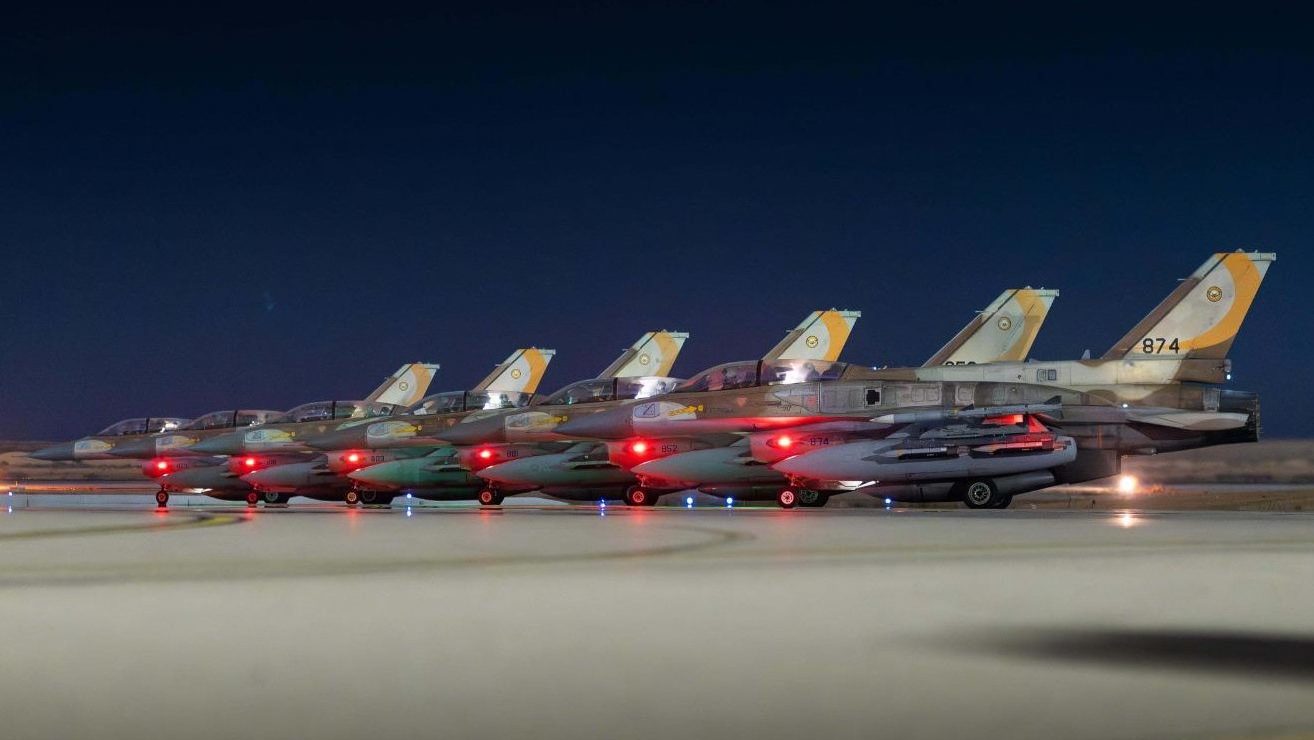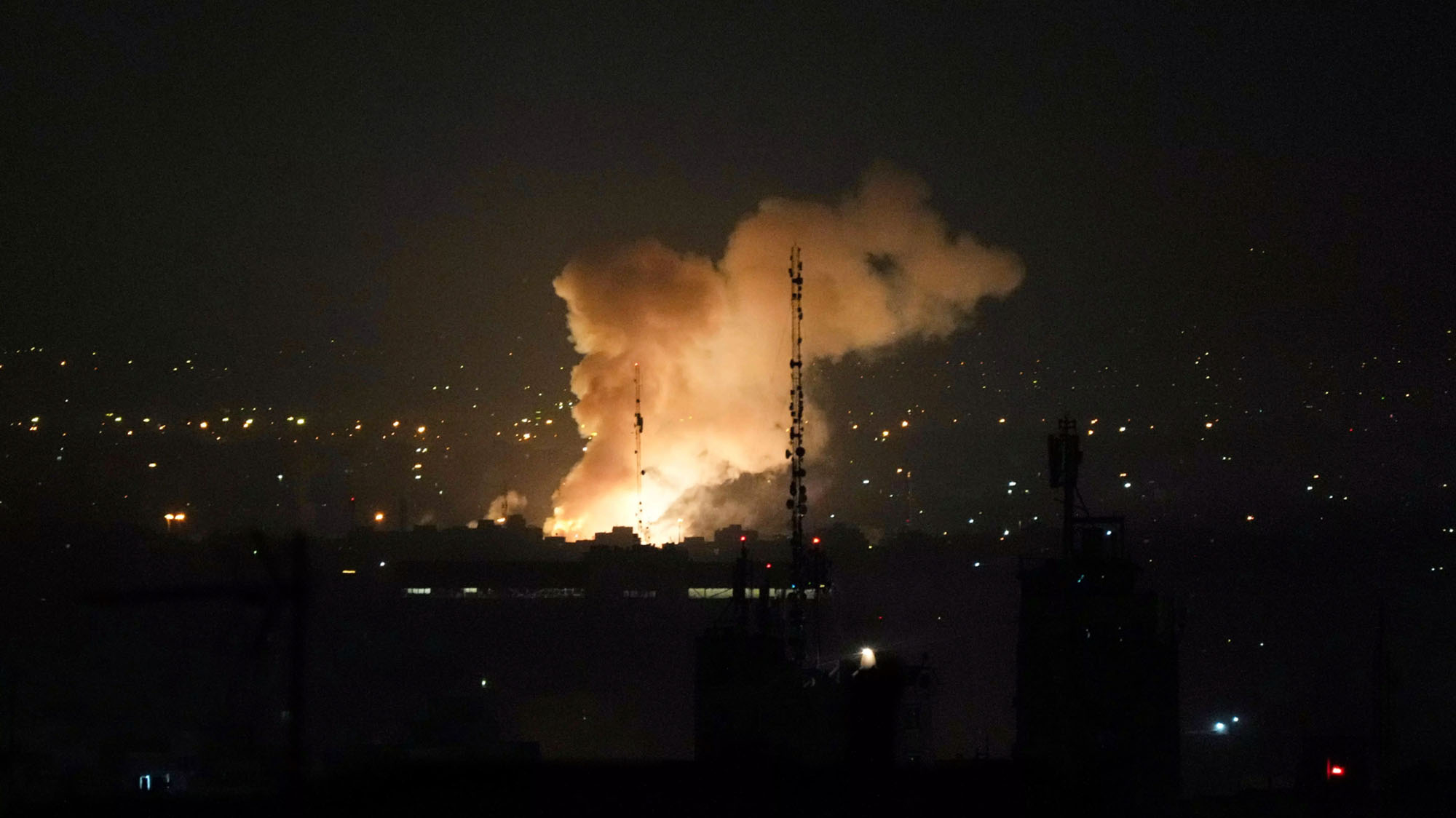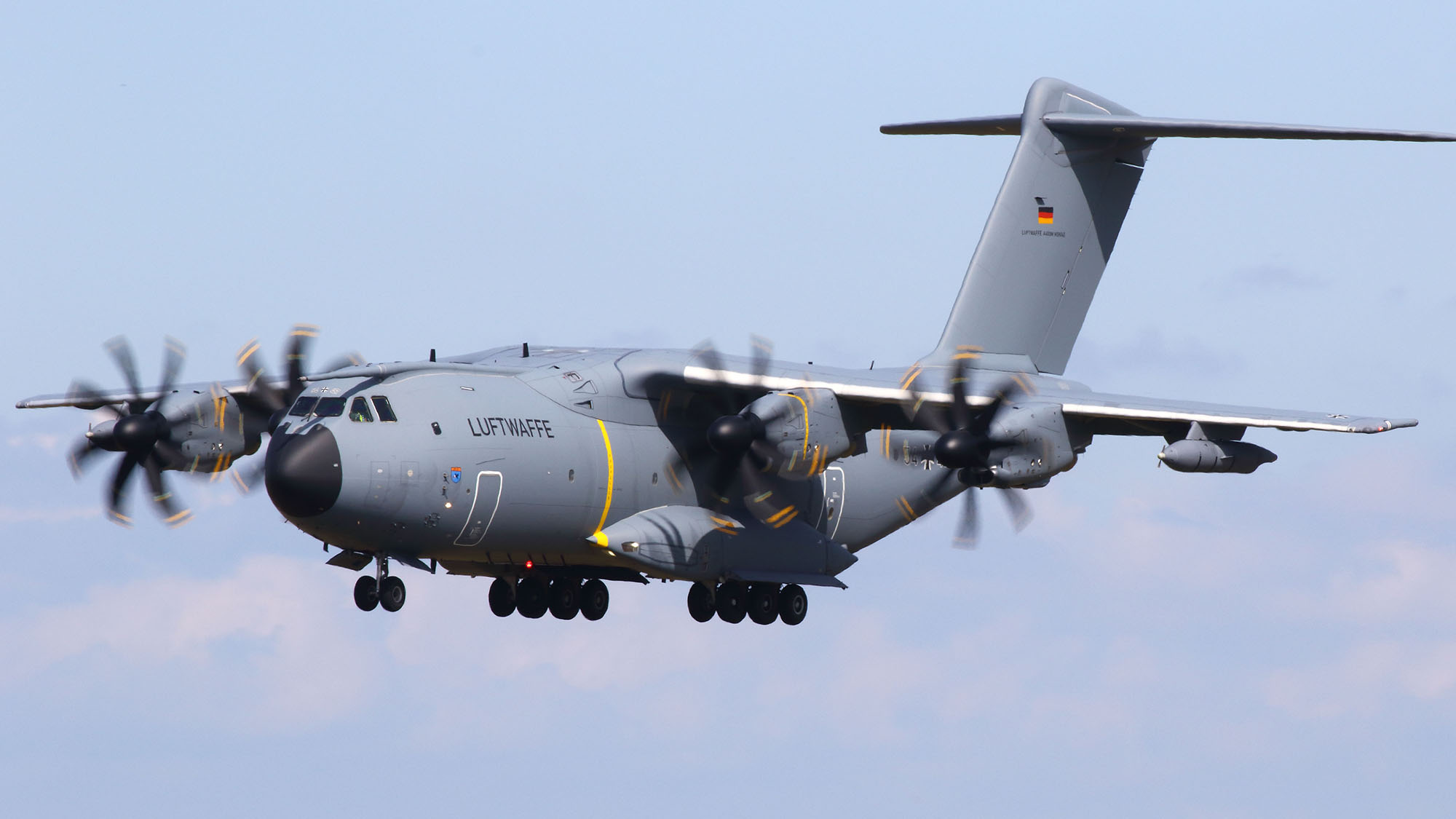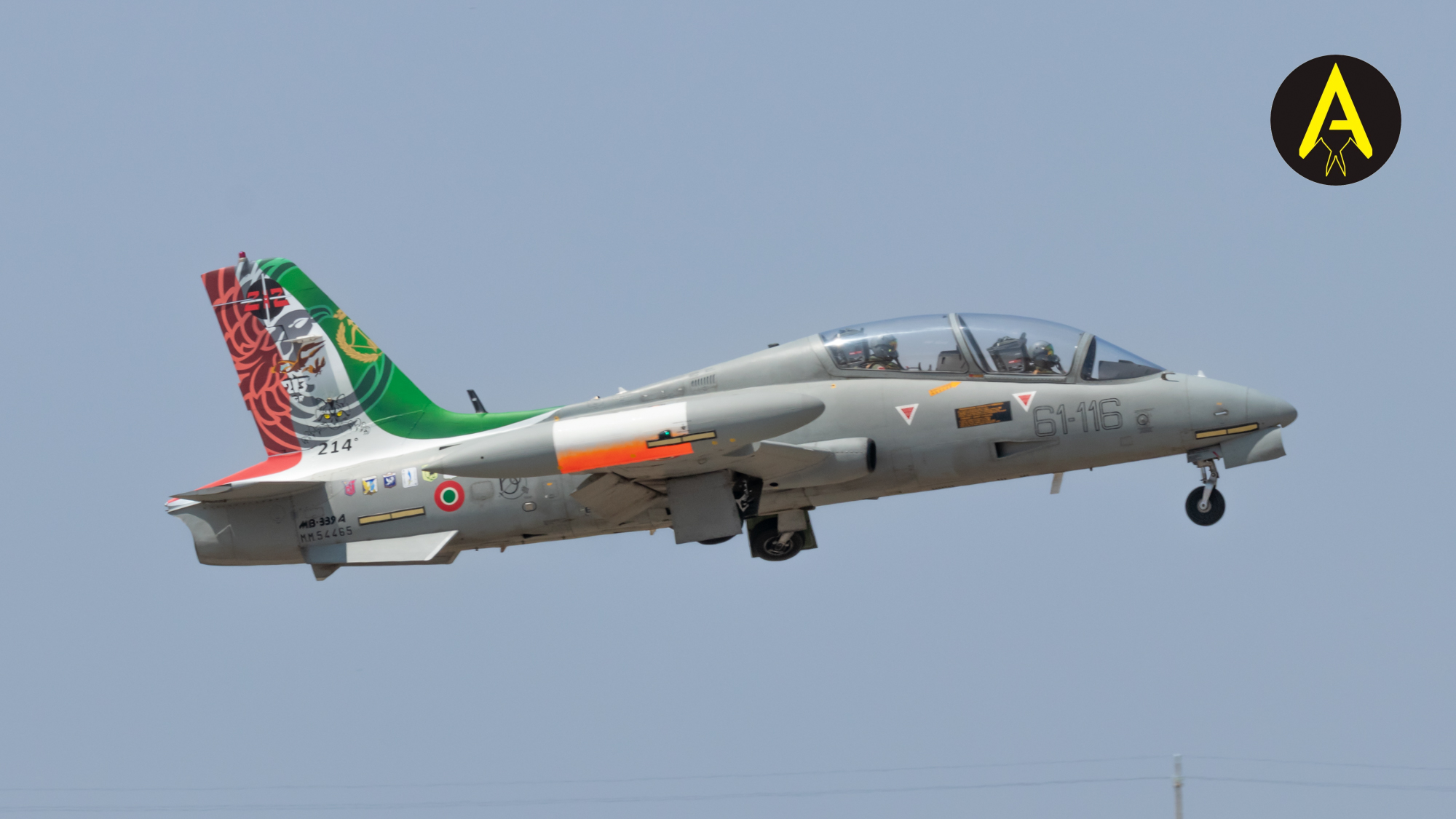Sentinel ICBM first flight date now in flux, Air Force says
The troubled ICBM program was supposed to fly for the first time in 2026, but now the Air Force says that the date is unknown.


The U.S. Air Force and Northrop Grumman Corporation conduct a full-scale qualification static fire test of the Sentinel intercontinental ballistic missile (ICBM) stage-one solid rocket motor at Northrop Grumman’s facility in Promontory, Utah, March 6, 2025. (U.S. Air Force photo by R. Nial Bradshaw)
WASHINGTON — An ongoing restructuring of the beleaguered Sentinel ICBM program has left its flight testing schedule up in the air, and a new date for the missile’s first flight is now unknown, an Air Force official tells Breaking Defense.
Officials previously planned to fly the missile for the first time in 2026, itself a delay of over two years. But as part of the program’s overhaul, mandated after an 81 percent cost spike last year, “the team is actively assessing the overall schedule, including potential impacts on the timeline for the first full-system flight,” the Air Force official said today.
The revelation of the shifting flight test plan came in response to Breaking Defense’s query about a Government Accountability Office report published Wednesday [PDF], which stated that the Sentinel’s first flight is now set for March 2028, a total delay of over four years. The Air Force official did not comment directly on the GAO timeline, saying only, “Updated schedule details, including key milestone dates, will be available once” officials complete the program’s restructuring — a statement that does not deny 2028 as a possible date, but leaves open options for it to be both sooner and later.
Since the cost increase known as a Nunn-McCurdy breach last year, officials have been rethinking several aspects of the over-budget plan to modernize the land leg of America’s nuclear triad, such as whether they can reuse existing Minuteman III silos. The Sentinel program has apparently also decided to make changes to the flight testing campaign itself, which the Air Force official said now involves “a more deliberate, phased” approach.
“Rather than waiting until the end of development for a single, comprehensive test, the new strategy introduces an incremental ‘crawl, walk, run’ method that allows for earlier flight testing of key components. This approach is designed to reduce risk, validate technologies earlier, and ensure a more reliable path to full system integration,” the official said. As the overall restructuring continues, the official pointed to continued progress for the missile, such as a full-scale, static fire qualification test of the missile’s first stage solid rocket motor held in March.
In a statement, a spokesperson for Sentinel prime contractor Northrop Grumman said, “As a nationwide industry team, we are making substantial progress in maturing the design and reducing risk as we prepare for production and deployment of this essential, national security capability. We will continue robustly supporting the Air Force effort to restructure the Sentinel program and achieve Milestone B.” The company deferred further questions to the Air Force.
Rescinding its Milestone B decision in the process, officials announced last year that the Sentinel program would need to be reformed due to the cost breach, which they said is largely driven by unforeseen complications in ground infrastructure. It’s not clear exactly when the restructuring will conclude but it is expected to be completed within the next year.
Despite the program’s woes, officials have emphasized fielding the new missile is imperative to maintain America’s strategic deterrence while adversaries like China rapidly modernize and expand their nuclear arsenals — earning strong congressional support for the program in the process.
After being afforded more budget flexibility as part of a year-long continuing resolution, the Air Force shifted about $1.2 billion out of the Sentinel program in FY25 to other priorities, earning the recent rebuke of House appropriators. The Air Force previously told Breaking Defense that the change reflected “a rephasing of the funding as the Air Force restructures the program.”
“An adjustment of this magnitude should have been accompanied by proactive communications including robust details on a rephasing plan,” the House Appropriations defense subcommittee wrote in its report accompanying its FY26 budget plan, which was previously published by Politico. “The Committee notes that many of these details remain outstanding.”
Asked about the committee report, an Air Force official said, “This reprogramming effort strategically aligns the program’s budget profile through FY25 without negatively impacting program objectives.”
Appropriators in their FY26 budget subsequently recommended just over $2 billion for Sentinel, acknowledging that “additional funds may be available through reconciliation.” The Trump administration is requesting nearly $2.6 billion for the program in FY26, and is calling for an additional $1.5 billion to be provided through the reconciliation process.

























